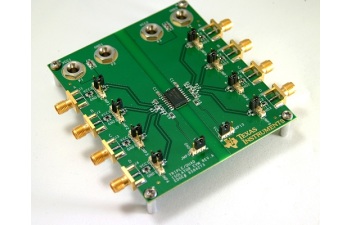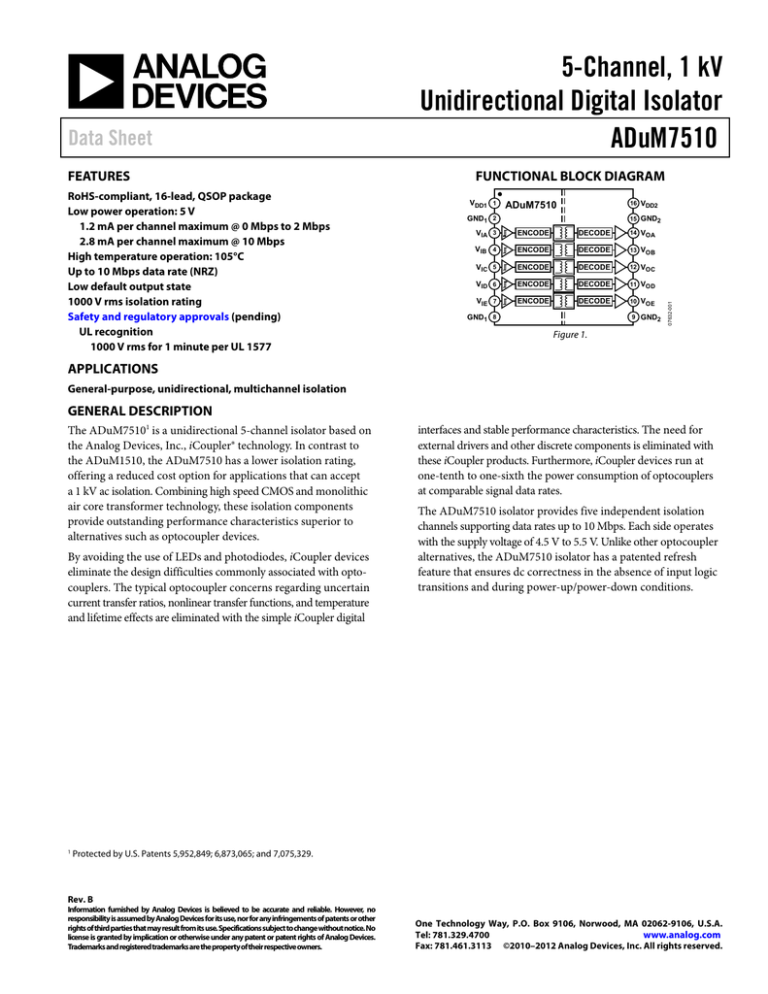

8 bits), connected in a virtual ring topology. Transmission using a single sub (Figure 1) involves one shift register in the main and one shift register in the sub, both of some given word size (e.g. This sequence is maintained even when only one-directional data transfer is intended. The main sends a bit on the MOSI line while the sub sends a bit on the MISO line, and then each reads their corresponding incoming bit. ĭuring each SPI clock cycle, full-duplex transmission of a single bit occurs. If a waiting period is required, such as for an analog-to-digital conversion, the main must wait for at least that period of time before issuing clock cycles. (Note: the bar above CS indicates it is an active low signal, so a low voltage means "selected", while a high voltage means "not selected") To begin communication, the SPI main first selects a sub device by pulling its CS low. Subs without tri-state outputs cannot share a MISO wire with other subs without using an external tri-state buffer. Sub devices should use tri-state outputs so their MISO signal becomes high impedance ( electrically disconnected) when the device is not selected. SPI operates with a single device acting as main and with one or more sub devices.

#Unidirectional ti digital isolator serial
SCLK : Serial Clock ( clock signal from main).SPI has four logic signals (which go by alternative namings): Each device internally uses a shift register for serial communication, which together forms an inter-chip circular buffer. (Note: Variations section describes operation of non-standard variants.) Figure 1: Basic SPI configuration using a single main and a single sub. SPI may be accurately described as a synchronous serial interface, but it is different from the Synchronous Serial Interface (SSI) protocol. Typical applications include interfacing microcontrollers with peripheral chips for Secure Digital cards, liquid crystal displays, analog-to-digital and digital-to-analog converters, flash and EEPROM memory, and various communication chips. It is sometimes called a four-wire serial bus to contrast with three-wire variants which are half duplex, and with the two-wire I☬ and 1-Wire serial buses.
#Unidirectional ti digital isolator full
Motorola's original specification uses four wires to perform full duplex communication. SPI uses a main–subnode architecture, where one main device orchestrates communication by providing the clock signal and chip select signal(s) which control any number of subservient peripherals. Serial Peripheral Interface ( SPI) is a de facto standard (with many variants) for synchronous serial communication, used primarily in embedded systems for short-distance wired communication between integrated circuits. This article may need to be rewritten to comply with Wikipedia's quality standards, as it reads like a guide or textbook.


 0 kommentar(er)
0 kommentar(er)
